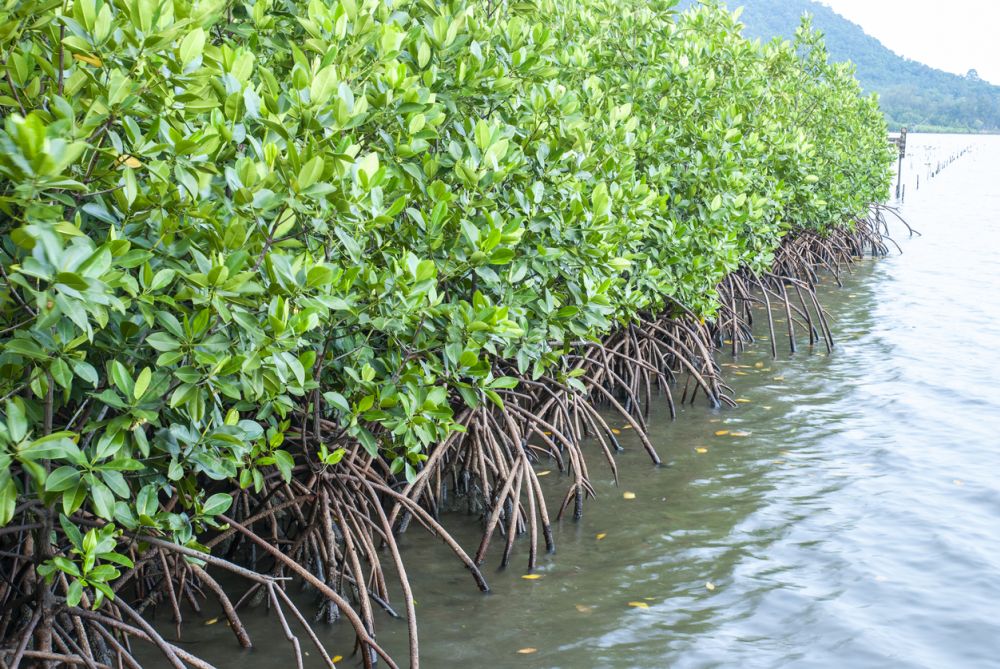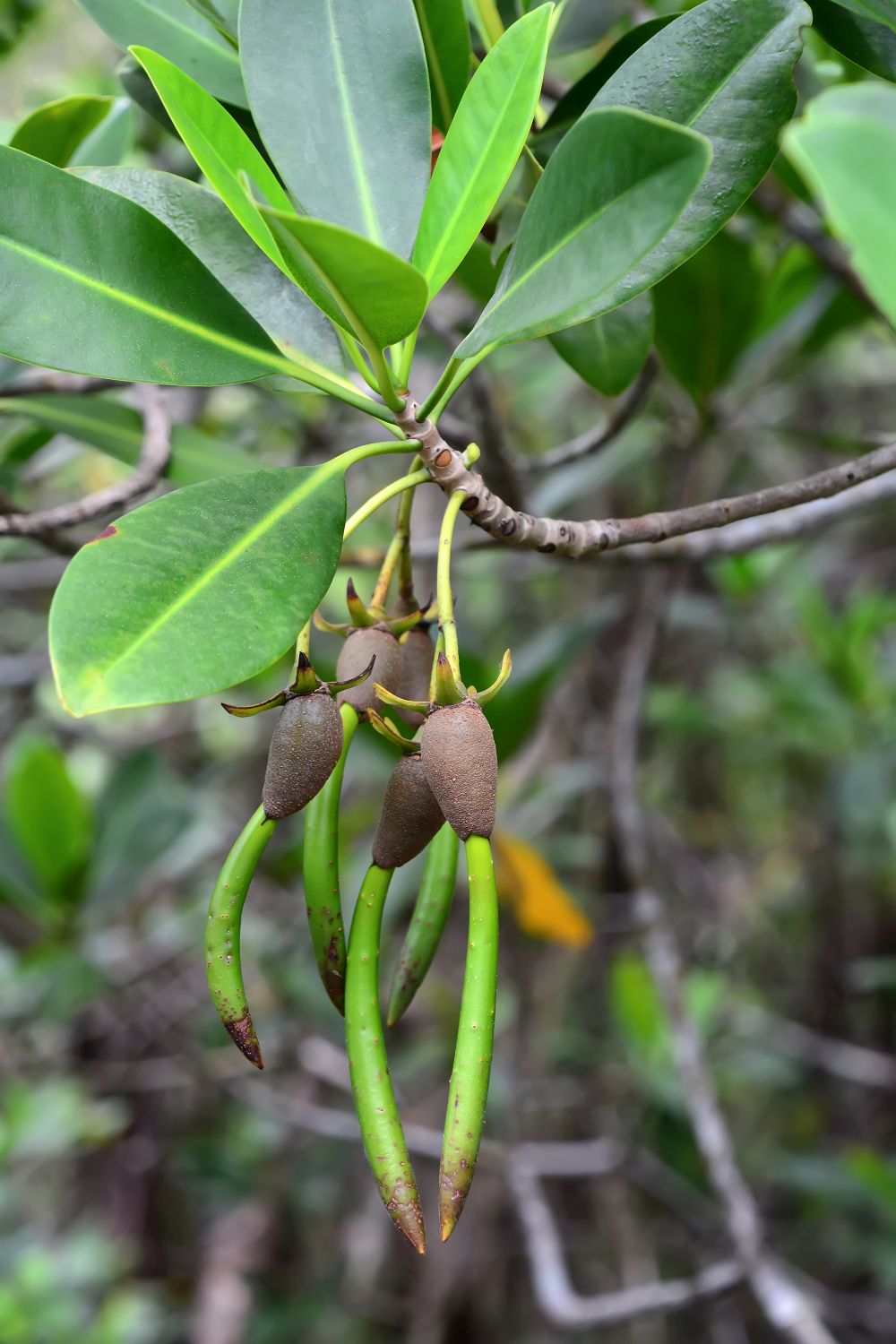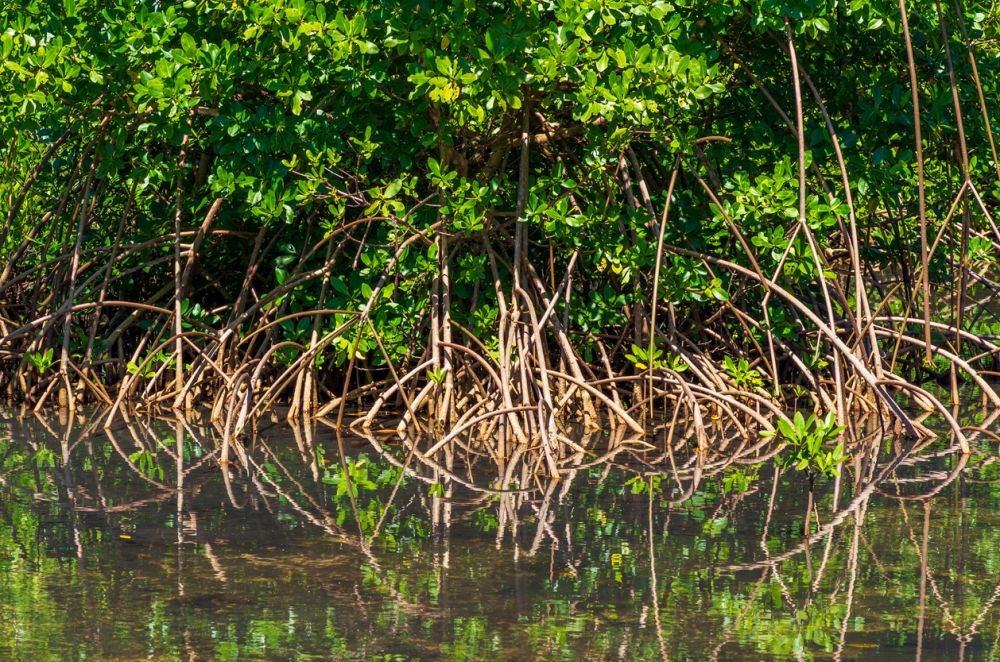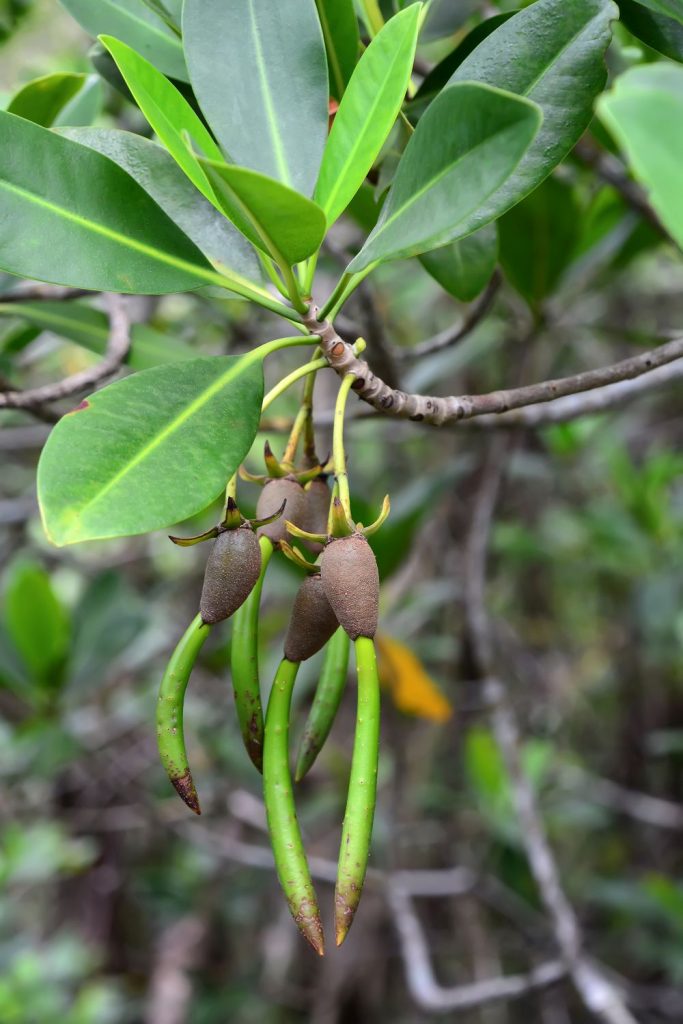Mangrove Trees Care: How To Grow Mangrove Trees Indoors
There’s always something magical about growing mangrove trees in your home. These trees are as exotic and tropical as they come. And it’s not just about how the resourceful mangroves can cope with salty water, hoard fresh water, and breathe in more ways than you can imagine. Whether above or underwater, the mangrove trees adapt to every habitat and turn whatever nature throws at it into an advantage.
It’s no wonder that the mangroves are becoming part of every terrarium, vivarium, and freshwater aquarium. Not just as a prop to make the marine life in the tank feel more at home. Mangrove trees are starring in their own shows now. And it’s the fish that are used to add authenticity to the scene.
So what’s the deal with mangrove trees? What varieties are there? And how can you grow them at home? Read on to find out more about these amazing trees.
What are Mangrove Trees
Freshwater, brackish water, and marine water are all ideal habitats for mangrove trees. You will see them along the seashore, growing out of the muddy water on river banks and standing alone in the middle of a shallow pond. Both the shrubs and trees are natives to the tropics, and they have adapted rather well to all bodies of water. As long as there’s water somewhere, mangrove trees lay their roots and call it home.
And while most plants cannot survive in salty water, mangroves have developed a filtering system that keeps out about 90 percent of the salt in the water and only allows the nutrients in. This strategy made it possible for mangroves to thrive in water with 6 times salt concentration than many plants can handle.
The leaves of the mangroves are fleshy and covered with a coating of wax. If you happen to cut one of those thick leaves, you’ll see water oozing out of the cut. That’s because, much like succulents and desert plants, the leaves serve as tanks to store freshwater for the mangrove.
But it’s the tree’s ability to breathe even in the most inhospitable environments that takes one’s breath away. In brackish water, where oxygen levels are at their lowest, the tree will send out roots that breach the surface of the water and suck the oxygen in the air. All in all, these are amazing plants that deserve a place in your terrarium.
Uses of Mangrove Trees
As one might expect of a versatile and hardy plant like the mangrove trees, mankind has found many uses for them. Not just in the obvious fields of timber processing but also in outlandish ways. Here are some of these uses which remain in effect to this day.
- Due to the wood’s high density, it goes into making saltwater houses, posts, and boats.
- The bark of red mangroves is a source of dye used with ropes, fishnets, and sails.
- The trees are used to make charcoal and firewood in tropical Asia.
- The roots have been used in many rituals in the Philippines to increase the fertility of the soil.
- The timber is ideal for making throwing sticks that the Tiwi people use to hunt magpies.
- Tannin extracted from the bark of the trees is used for curing leather.
- In traditional medicine, the bark of mangroves is used to make a concoction to cure stomach ulcers.
- On the coasts and seashores, mangroves play a major role in protecting against land erosion.
- The roots of the mangroves create an ideal setting for crabs and fish to breed and multiply.
Varieties of Mangrove Trees
Once upon a time, mangrove trees covered about three-quarters of the tropical coastal areas. Nowadays, the number of trees has dwindled considerably. It is estimated that there are 80 known species of mangroves in Asia and the Americas. Here are the most popular ones that you can grow indoors.
- Large-Leafed Orange Mangrove (Bruguiera gymnorhiza): A popular species that grows all over the world. It thrives in mud, black soil, and sand. The mature tree averages 120 feet tall, and its knee roots have a high tolerance to salty water. You can grow it in a mangrove basin, terrarium, vivarium, or aquarium. It has orange or pink flowers, and the seeds look like cigars.
- Red Mangrove (Rhizophora mangle): Famous for its stilt roots, these mangroves grow to about 100 feet and thrive in mud and sandy environments. These tough trees can be found in South Carolina, Texas, and Florida. It can survive in muddy surroundings with little oxygen through lenticels (pores) on the trunks. These lenticels absorb the oxygen in the air and keep the tree alive. The flowers of these trees are small and white.
- Tea Mangrove (Pelliciera rhizophorae): A small tree by mangrove standards and reaches about 60 feet at maturity. The thick roots of these trees form a buttress around the base of the tree and give it a distinct shape as well as stability. Since the trees grow mainly in mud, they don’t develop a vast network of roots to get oxygen. Instead, the trunk is covered by lenticels for that purpose. The flowers of the tea mangrove are either red or white and are eye-catching.
- Stilted Mangrove (Rhizophora stylosa): As the name implies, this mangrove has root stilts. It grows to up to 90 feet in the wild. Moreover, it can grow in muddy, stony, sandy soil. Even corals cannot stop this tree from flourishing in their midst. As for the root stilts, they offer more than just support. If they encounter water, they will develop a network of roots that absorb nutrients and moisture. The flowers are usually small and vary in color between white and yellow.
Naturally, when you grow a mangrove in a terrarium or a vivarium, you won’t allow it to reach these heights. You can manage the size of the tree using pruning and special care, as we’ll see later.
How to Grow Mangrove Trees Indoors
As versatile and hardy mangrove trees are, you can grow them indoors in more than one way. Below we’ll cover the common ways to grow one of these trees.
Aquarium
It doesn’t matter what kind of water you fill your aquarium with. Most of the mangrove species we covered above will grow well in it. This includes brackish water, salt water, or freshwater. Stilted mangrove especially thrives in either brackish or saltwater. Their root systems develop fast and start to absorb nitrates, nitrites, and phosphates from the water.
Vivarium
You can grow stilted mangrove, red mangrove, or orange mangrove in a vivarium. That’s because the high levels of humidity in the vivarium suit these tropical trees just fine. The only problem is, the trees tend to grow beyond control pretty fast. So constant pruning is required to keep them compact and within the boundaries of the vivarium.
Terrarium
Only red mangroves and orange mangroves can grow in a terrarium. That’s because you don’t normally use brackish or salty water in these types of containers. They grow well with other marine life and create a stunning scene of life under the sea right in your living room.
Houseplant
You can grow just about any mangrove species as a houseplant. Plant it in a pot and place it on a windowsill where it gets plenty of sunlight. If you don’t have the right weather conditions for this tropical plant, you can still grow it in a greenhouse. To help the tree adjust to the weather in your zone, start it from a seed. Mangroves still need about 12 hours of daylight and high temperatures. Use heat mats under the pots to keep the soil warm enough and prevent damage to the roots.
Mangrove Trees Care
As we mentioned, regular pruning is your way to keep the fast-growing mangrove trees under control. This is especially true if you grow them in a terrarium or a vivarium. You also need to pay extra attention to the type of soil, water quality, and light conditions.
Soil
Although in the wild, mangrove trees adapt well to different types of soil from the muddy to sandy and stony, you need to choose the right soil for the specific type of tree you grow. A commercial mangrove mud is ideal for most species. It has the right texture and nutrients for mangroves. The seed of the mangrove needs special nutrients to help it germinate and grow. Don’t use regular soil from your garden, especially if it’s clayish.
Temperature
Tropical plants are accustomed to high temperatures and plenty of light. Your mangrove will need air temperatures between 75 degrees and 85 degrees Fahrenheit. You shouldn’t let the temperature drop below 50 degrees F. Long-term exposure to cold temperatures would have lasting damage to the mangrove trees.
As for water temperature, it should also range between 72 degrees and 82 degrees F. This is ideal for the tree roots to grow and absorb nutrients. If the temperature of the water drops down to 45 degrees F, the roots will stop functioning, and the tree will show signs of distress.
Humidity
As a rule of thumb, the higher the humidity level around the mangrove trees, the better. They flourish in surroundings with humidity averaging between 60 to 90 percent. This is why vivariums are ideal for them. To maintain these levels of humidity for houseplants, it’s recommended that you mist them once or twice a day during the summer months. However, in the fall and winter, when the temperature drops, you can cut back on misting to just once a day or on alternate days.
Light
Besides pruning, light is a crucial factor in the success of mangrove trees. You’ll most likely need to use grow lights all year round except for the summer months. Mangroves need about 12 hours of daylight. If you keep the terrarium or vivarium indoors, it’s easy to fit the grow lights around them and provide adequate light to the tree.



